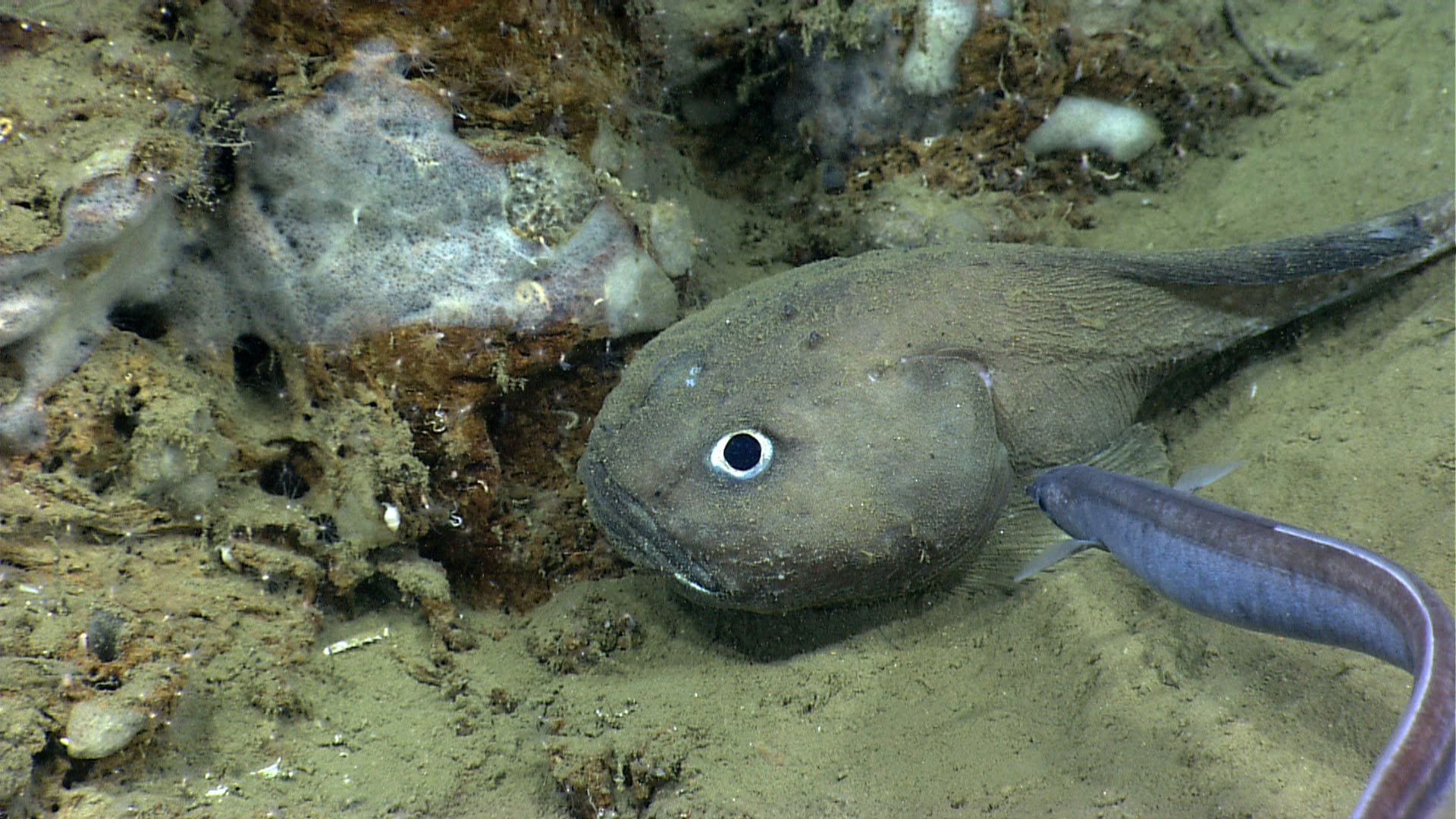The Mid-Atlantic Regional Council on the Ocean’s (MARCO) Management Board has recently approved a project that will draw upon the renowned expertise  of the Biology Department of Woods Hole Oceanographic Institution (WHOI) to analyze information from 2013 and 2014 submarine Mid-Atlantic canyons exploration. Imagery collected during these expeditions will be used to identify the locations, distribution, and taxonomy of deep-sea corals, fish, and sponges in Mid-Atlantic submarine canyons.
of the Biology Department of Woods Hole Oceanographic Institution (WHOI) to analyze information from 2013 and 2014 submarine Mid-Atlantic canyons exploration. Imagery collected during these expeditions will be used to identify the locations, distribution, and taxonomy of deep-sea corals, fish, and sponges in Mid-Atlantic submarine canyons.

The driving force for developing the Towed Digital Camera and Multi-Rock Coring System (TowCam) was the U.S. oceanographic community’s need for an imaging and sampling system with both routine and rapid-response capabilities. Copyright ©2007 Woods Hole Oceanographic Institution
The imagery was collected using TowCam, a specialized digital camera system adapted for extreme environments that is towed by ships above the seafloor and documents marine life in the canyons. TowCam was deployed by the National Oceanic and Atmospheric Administration (NOAA) ship Henry B. Bigelow during expeditions supported by NOAA Fisheries’ Deep-Sea Coral Research and Technology Program and WHOI to explore canyons in the region. This project will analyze tows for one canyon off each of the five MARCO States, as existing federal funding allows.

Benthic cnidarians are common in the deep-sea canyons. Here, octocorals, cup corals, and anemones share a rock at 1,459 meters depth in Hendrickson Canyon off the coast of New Jersey. Image courtesy of NOAA Okeanos Explorer Program, Our Deepwater Backyard: Exploring Atlantic Canyons and Seamounts.
MARCO’s Management Board is confident that the resulting database of locations and first-order organism identification for corals, fish and sponges, as well as imagery of these organisms, provides a significant opportunity to increase information on the distribution and diversity of marine life in the canyons. The project results may be added to MARCO’s Mid-Atlantic Ocean Data Portal and state portals, and enhance educational and outreach efforts, to improve understanding of the unique submarine canyon environments in the Mid-Atlantic Region.

